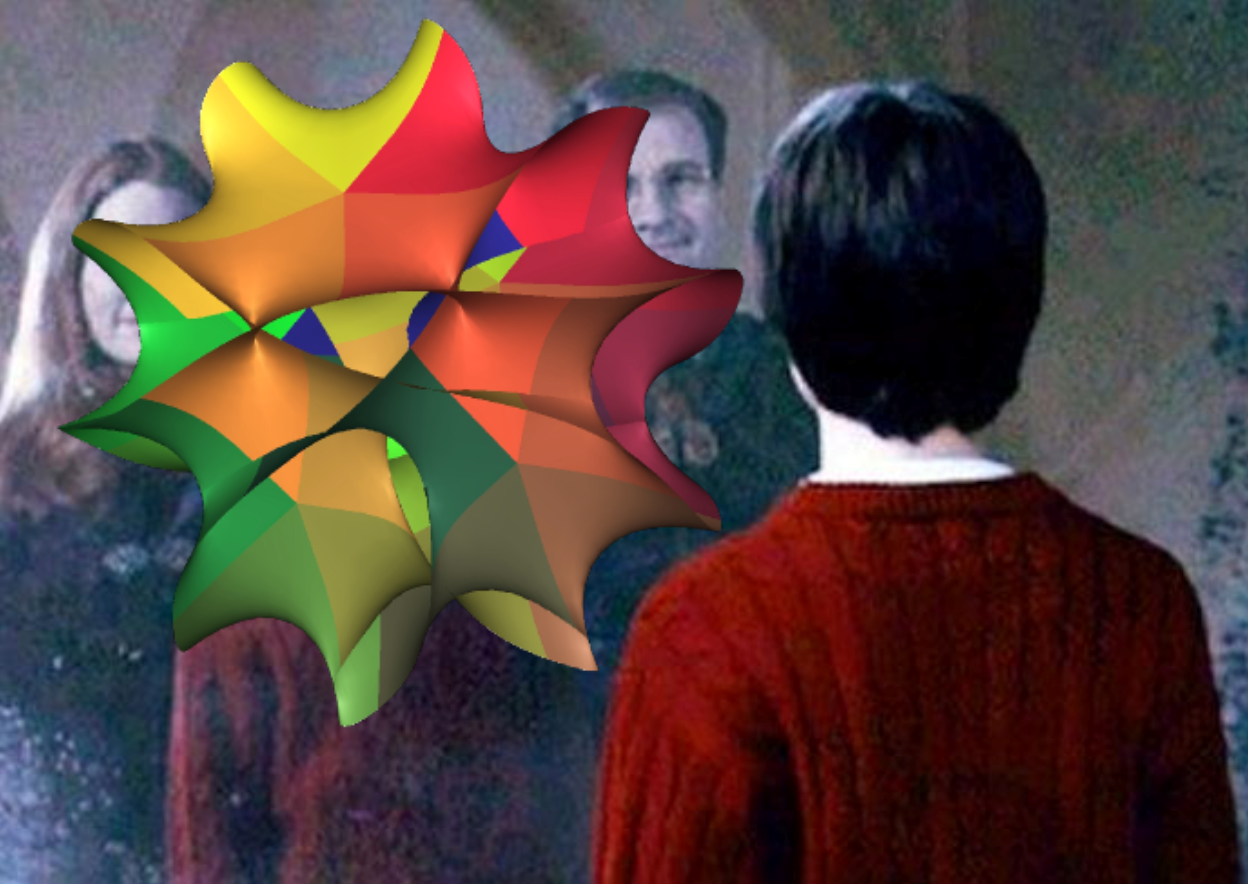17:00 - 18:00 • Zoom
10 December 2020
A brief introduction to Mirror Symmetry
Abstract:
Mirror Symmetry is a striking conjecture/philosophy concerning a certain equivalence of spaces that has revolutionised geometry and taken the Mathematical world by storm. Inspired by physical (and very surprising!) predictions in String Theory/, Mirror Symmetry roughly predicts that Calabi-Yau varieties come in pairs and the complex and symplectic geometry on each space is “reflected” or realised on its “mirror partner”. The theory leads to startling results that certain geometric invariants of one Calabi–Yau manifold (the numbers of rational curves of various degrees) should be related to a completely different set of geometric invariants of the mirror partner (period integrals of holomorphic forms). There are three main approaches to Mirror Symmetry: the Homological Mirror Symmetry (categorical), the Strominger-Yau-Zaslow conjecture (symplecto-geometric) and the Gross-Siebert program (algebro-geometric) and each prove incredibly insightful in understanding this very deep duality.
In this talk, we will meet the origins of the theory and discuss both the symplectic (A-model) and algebro-geometric side (B-model). To reach precise Mathematical statements, we will immerse ourselves into the worlds of Gromov-Witten Theory, variations of Hodge structures and deformation theory to encode geometric invariants of the CY manifolds and explain how to realise the symplectic/algebro-geometric information on the mirror partner. We will use the infamous Fermat quintic as a guiding example throughout the talk. Towards the end we will introduce the three approaches to Mirror Symmetry and the current state of the field. Time permitting, I will explain what I have been thinking about recently in relation to Mirror Symmetry, the Langlands program and Arithmetic Geometry.
